Car jacks are essential tools for anyone who works with vehicles, whether you are a professional mechanic or a dedicated DIYer. These devices are designed to lift heavy loads, allowing you to perform repairs, change tires, and conduct maintenance safely and efficiently. However, not every car jack is created equal, and you might find it overwhelming to choose the right one for your vehicle. This article serves as a comprehensive guide to the various types of car jacks available, the features to consider, and tips for selecting the best one for your needs.
Understanding the Different Types of Car Jacks
Hydraulic Jacks
The Basics of Hydraulic Jacks
Hydraulic jacks are popular due to their ability to lift heavy vehicles with minimal effort. They work using hydraulic fluid, which uses pressure to lift the load effortlessly. These jacks usually come in two main forms: floor jacks and bottle jacks.
Hydraulic floor jacks are designed with a broad base and long handle, allowing for easy maneuverability and stability while lifting. They are excellent for garage use and can lift cars and SUVs effectively. Bottle jacks, on the other hand, are compact and typically used for heavier vehicles such as trucks or SUVs. Their upright design makes them easy to store, but they require good clearance for operation.
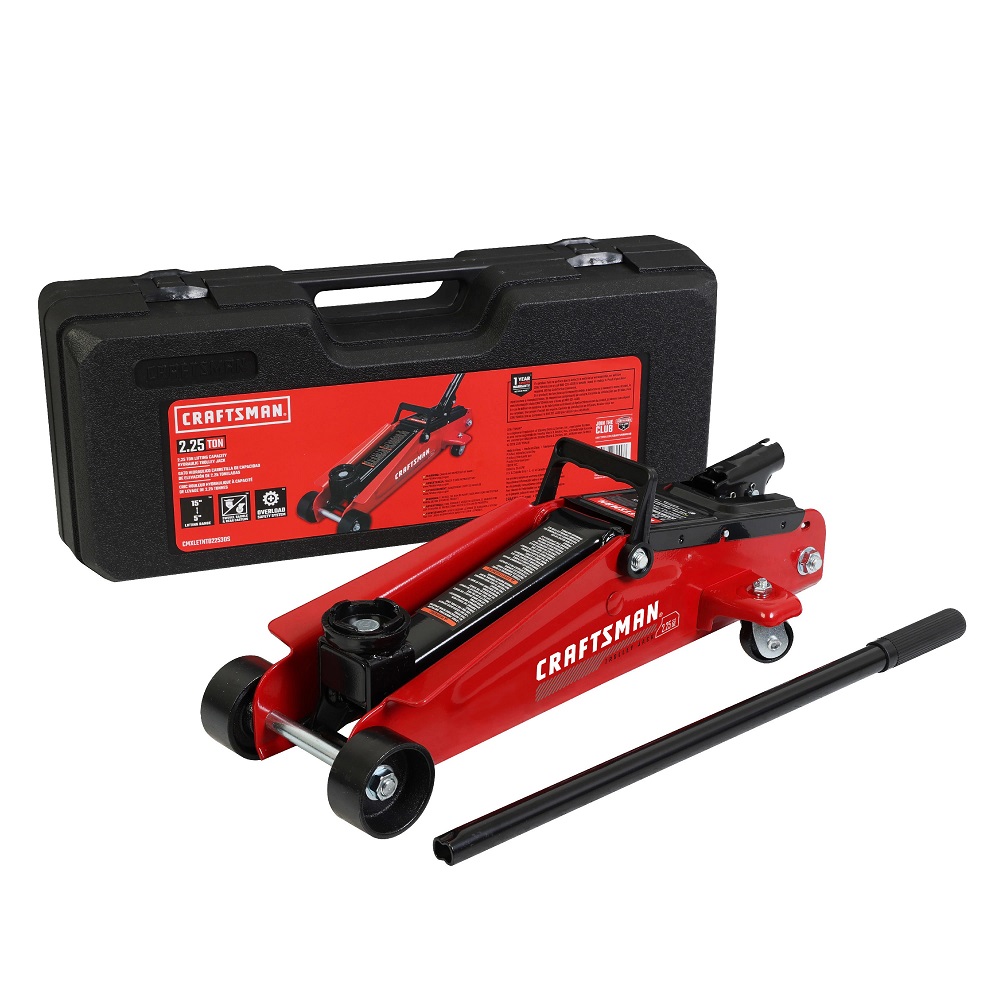
Advantages of Hydraulic Jacks
One of the primary advantages of hydraulic jacks is their lifting capacity. Many hydraulic jacks can lift vehicles weighing several tons without straining the user. Additionally, they are generally easy to use, providing a simple pumping mechanism that allows you to lift the vehicle quickly.
Another benefit is durability. Hydraulic jacks are typically made from high-quality steel, ensuring they can withstand heavy loads and rigorous use. Regular maintenance can further enhance their lifespan, making them a prudent investment for any workshop.
Scissor Jacks
Design and Functionality
Scissor jacks are compact and simple devices often included with many vehicles. These jacks consist of a mechanical arm that extends and contracts in a scissor-like motion. They are lightweight, making them easy to transport and store, which benefits drivers who need a reliable emergency lifting tool.
Scissor jacks are typically operated using a manual crank or a ratchet mechanism. While they may not lift as high as hydraulic jacks, they can efficiently raise vehicles for basic maintenance tasks, such as tire changes.
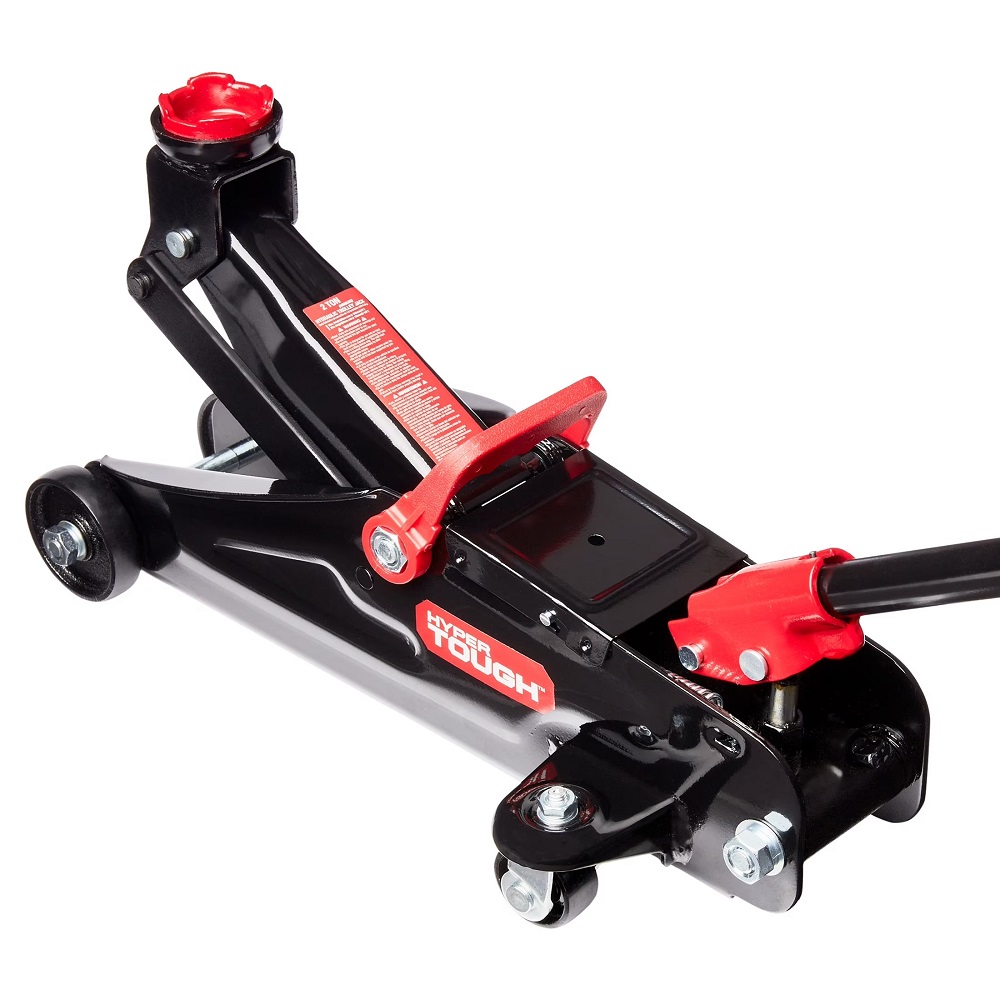
Ideal Uses for Scissor Jacks
These jacks are perfect for emergency situations, as they are often included with roadside assistance kits. When a tire goes flat, a scissor jack can quickly lift the vehicle to replace the tire without requiring extensive tools.
However, due to their smaller lifting capacity, it is essential to check the weight limits of the scissor jack before use. They perform best for lighter vehicles, such as compact cars and sedans, making them ideal for everyday drivers who may not need a more heavy-duty option.
Pneumatic Jacks
Overview of Pneumatic Jacks
Pneumatic jacks use compressed air for lifting loads, making them a popular choice in professional settings, particularly in auto repair shops. These jacks require an air compressor to operate and can lift vehicles quickly and smoothly.
Pneumatic jacks come in various forms, including floor jacks and hydraulic models enhanced with pneumatic features. They can be particularly efficient for high-volume work, drastically reducing the time needed to lift vehicles for maintenance.
Benefits of Pneumatic Jacks
The notable advantage of pneumatic jacks is their impressive speed. These jacks can lift vehicles almost instantly, allowing mechanics to work more efficiently. Additionally, pneumatic jacks often have a higher lifting capacity than manual models.
Moreover, their smooth operation reduces physical strain on the user. Since they primarily rely on air power, the potential for user fatigue is minimized. While they may require investment in an air compressor, pneumatic jacks can be a worthwhile addition to those frequently working on vehicles.
Key Features to Consider
Lifting Capacity
One of the most important factors when choosing a car jack is its lifting capacity. Different jacks have different weight limits, and it is crucial to select a type that can safely lift your vehicle. This information can usually be found in the product specifications.
For most vehicles, a jack with a lifting capacity of 2 to 3 tons is sufficient. However, heavier vehicles, such as trucks or SUVs, may require jacks with a higher capacity. Always verify the weight of your vehicle and choose a jack that exceeds that weight to ensure safety and efficiency during use.
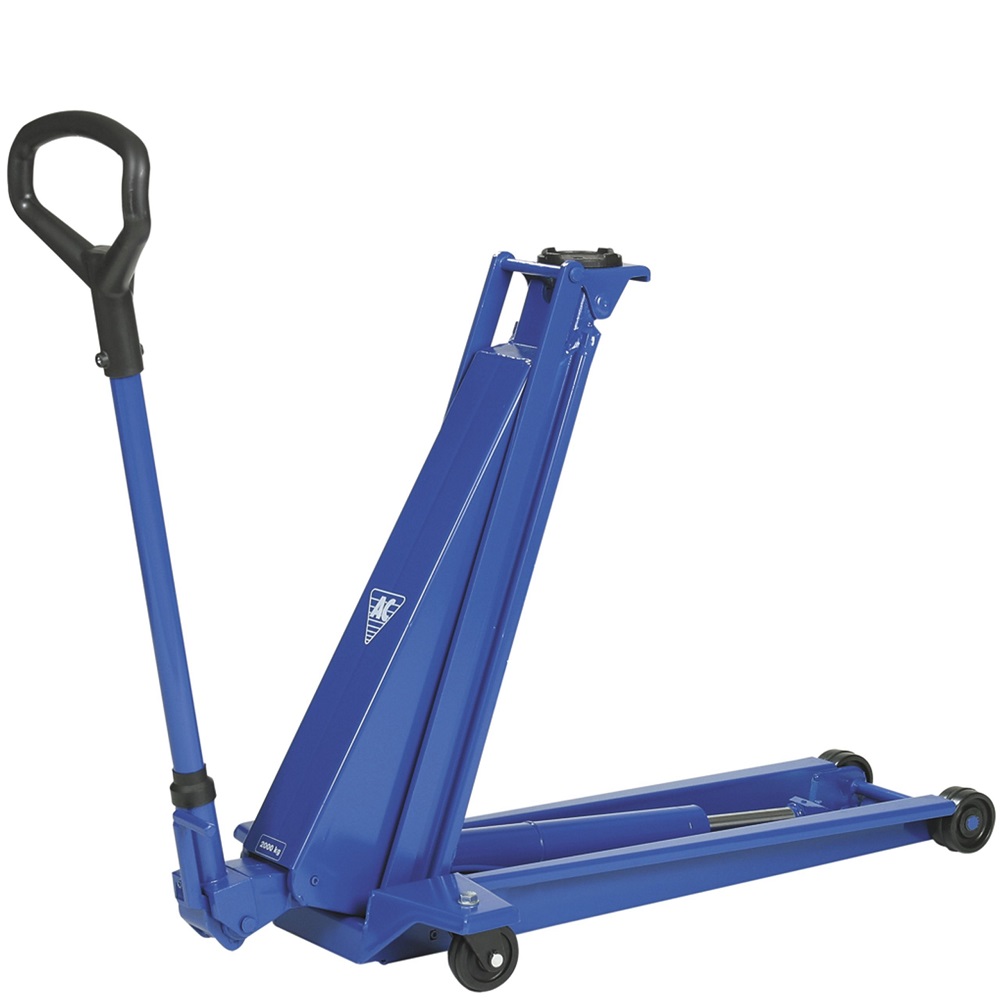
Lifting Height
The lifting height of a jack determines its suitability for different vehicles. Some vehicles have low ground clearance, while others, like trucks, may have higher frames. Make sure to select a jack that can lift your vehicle high enough for the desired maintenance tasks.
Hydraulic floor jacks typically offer a greater lifting height than scissor jacks. If you plan to use your jack for various types of vehicles, including larger ones, opt for a model with an adjustable or higher lifting range to suit your needs.
Durability and Construction
Consider the materials used in the construction of the jack. High-quality steel construction ensures durability and resistance to wear and tear. Jacks made from inferior materials may not handle the weight effectively, increasing the risk of failure.
Additionally, check for features such as rust resistance and protective coatings. A durable jack that can withstand exposure to various conditions will serve you well and provide safety during use. Investing in a reliable car jack is crucial for long-term satisfaction.
Tips for Using Car Jacks Safely
Following Instructions
Before using any car jack, it is essential to read and understand the manufacturer’s instructions. Each jack may have specific operating procedures, safety measures, and weight limits. Familiarizing yourself with these instructions ensures safe operation and optimal performance.
When setting up the jack, ensure that it is placed on a stable, flat surface. Avoid using the jack on uneven ground or surfaces prone to shifting. Taking precautionary steps while using the jack will help create a secure environment for lifting and working on your vehicle.
Engaging Safety Features
Most jacks come equipped with safety features designed to protect users during operation. For example, hydraulic jacks may include a safety valve that prevents overloading, while pneumatic models may have pressure gauges to ensure proper operation.
Always engage safety features as recommended by the manufacturer. Also, ensure that the area around the jack is clear of any obstacles or loose items. Following safety protocols minimizes the risk of accidents and injuries.
Stability During Use
Ensure the vehicle is stable when using a jack. Always engage the parking brake and place wheel chocks behind the tires that remain on the ground. This prevents the vehicle from rolling or shifting while it is lifted.
Once you lift the vehicle, avoid placing any body parts beneath it, especially if you have not secured it with jack stands. If you require more extensive work, using jack stands is essential to ensure your safety while working underneath the vehicle. Prioritizing safety guidelines fosters a responsible approach to vehicle maintenance.
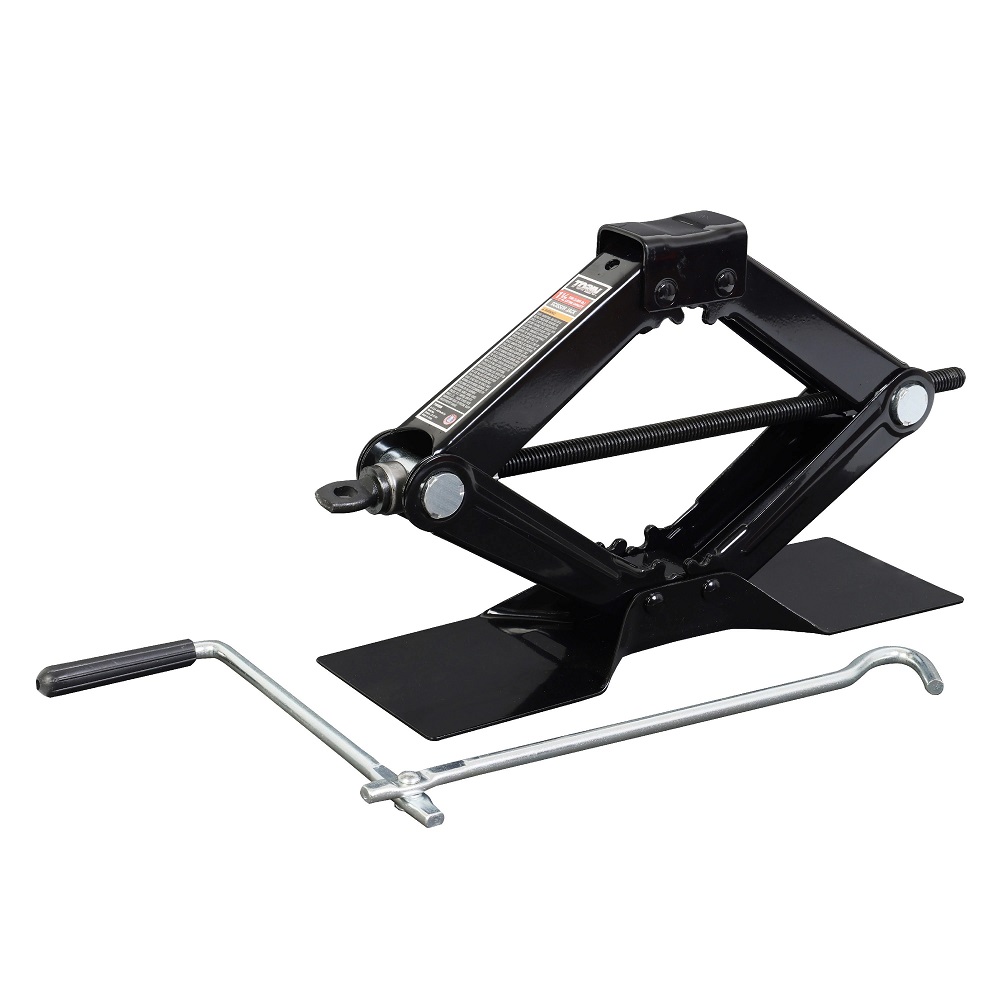
Engaging with the Car Care Community
Connecting with Other Car Enthusiasts
The automotive community is extensive, filled with enthusiasts eager to share their knowledge and experiences. Joining car forums, attending club meetings, or participating in local events can enhance your understanding of car jacks and vehicle maintenance.
By connecting with fellow car enthusiasts, you can gain valuable insights into the best practices for using car jacks. Sharing your experiences and learning from others fosters a sense of camaraderie and enhances your overall automotive journey.
Attending Workshops and Educational Events
Many local auto shops and community colleges offer workshops on vehicle maintenance. These events often provide hands-on experience with car jacks and other tools. By taking part in these workshops, you can improve your skills and gain confidence in performing maintenance tasks.
Participating in educational events allows you to ask questions, interact with industry professionals, and learn about the latest tools and technologies. This knowledge enhances your capabilities and prepares you for any vehicle-related challenges that may arise.
Sharing Your Knowledge
Consider sharing your knowledge of car jacks and maintenance with others. Writing a blog, creating video tutorials, or posting on social media allows you to connect with a broader audience. Sharing your experiences can empower others to learn and grow in their automotive journeys.
Encouraging discussions around car maintenance promotes a culture of sharing and support within the community. Your insights can inspire others to explore their interests in automotive care, fostering passion and urgency for responsible maintenance.
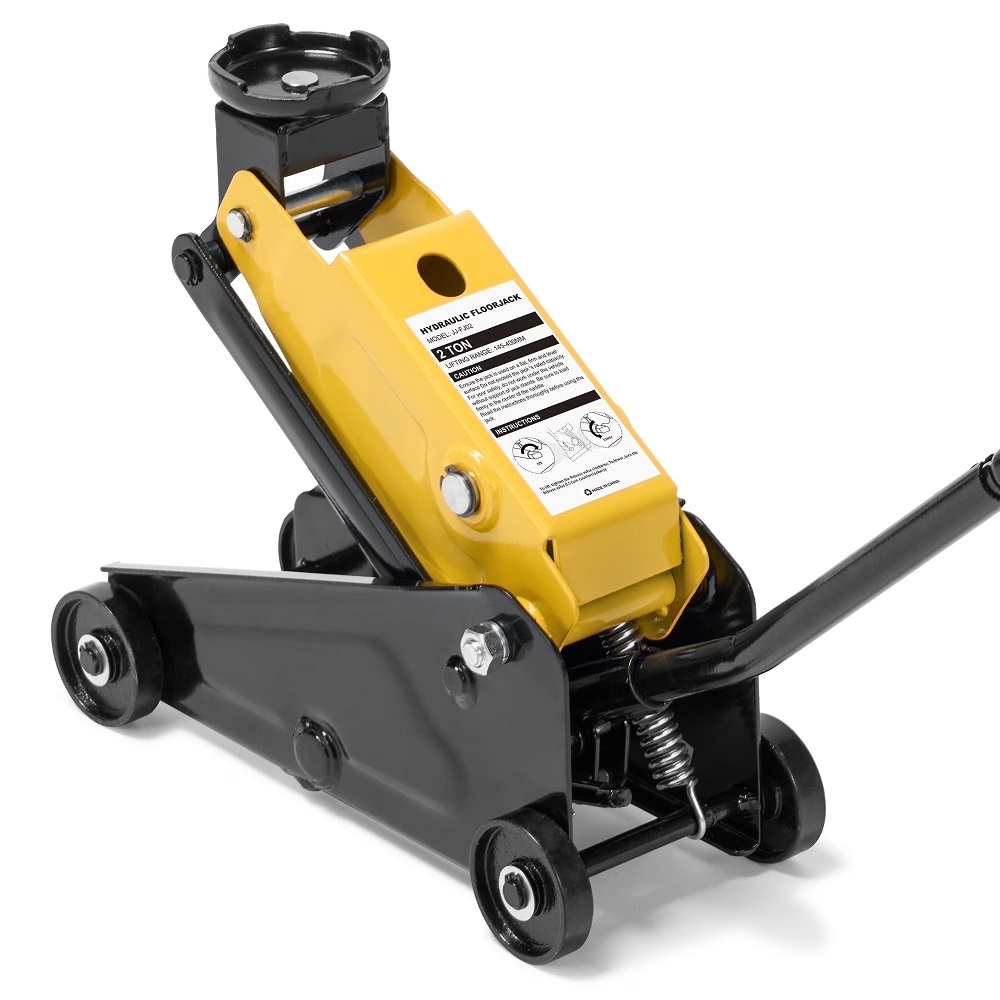
FAQ:
- How do I choose the right car jack for my vehicle?
- To choose the right car jack, consider factors such as the weight of your vehicle (ensure the jack has an adequate weight capacity), the type of lifting required (e.g., for tire changes, repairs), and the jack’s lifting height. It’s also essential to ensure it fits in your garage or vehicle’s storage area comfortably.
- Is a hydraulic jack better than a scissor jack?
- Generally, hydraulic jacks are considered superior for most tasks due to their ease of use, stability, and lifting capacity. They lift heavier loads more quickly and require less effort, making them ideal for regular use. Scissor jacks are more portable and suitable for emergency situations but may require more effort and are less stable.
- What safety precautions should I take when using a car jack?
- Always ensure the vehicle is on a flat surface before lifting. Use wheel chocks to prevent rolling, and never rely solely on the jack when working under the vehicle—always use jack stands for additional safety. Be aware of your surroundings and ensure the jack is properly positioned according to manufacturer guidelines.
- How do I maintain my car jack to ensure its longevity?
- To maintain your car jack, regularly inspect it for any signs of damage or wear, keep the lifting mechanism clean and well-lubricated, and store it in a dry environment. For hydraulic jacks, check the oil level periodically and refill as needed according to the manufacturer’s instructions. Proper care extends the life of the jack and ensures reliable performance.
Conclusion
Choosing the right car jack is essential for anyone interested in vehicle maintenance. Understanding the different types, key features, and safety practices enables you to select a jack that suits your needs. The right tool can make car repairs easier and safer, empowering you to take better care of your vehicle.
As electric cars and alternative powertrains become increasingly popular, it is crucial to stay informed about new tools and technologies in the automotive industry. Engaging with the car care community will not only enhance your knowledge but also provide a foundation of support and encouragement.
Embrace the journey of learning and exploring the world of automotive tools. With affordable hydraulic car jacks for home garage use, you can confidently tackle any vehicle maintenance task while practicing safe and efficient techniques. Expand your skill set, connect with fellow enthusiasts, and make sure you prepare well for all your upcoming automotive adventures!
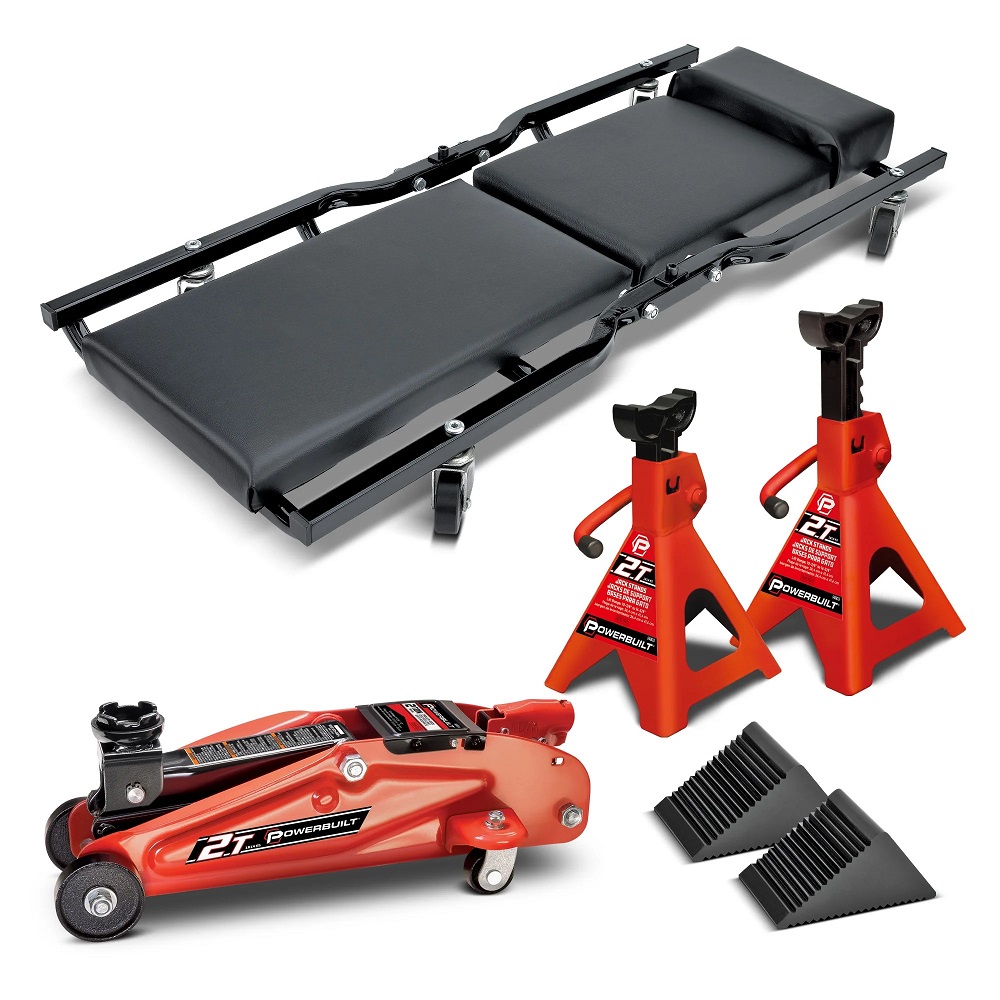
Leave a Reply